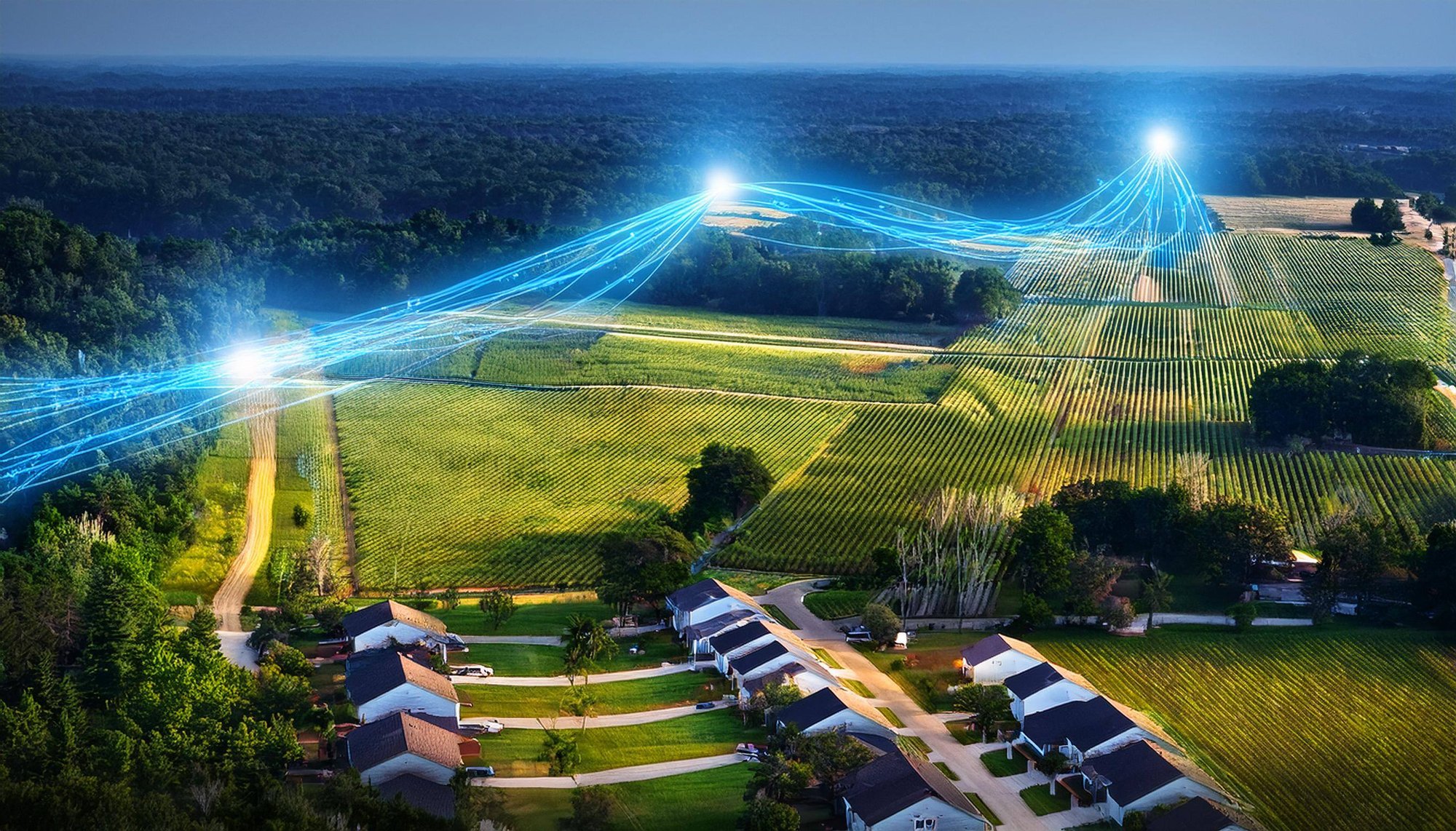Opinions are divided on what frame rate to use for Ultra HD sports content. There are a number of issues at play. UHDTV is slowly pulling itself away from 4K movies, which have set the expectation for a low frame rate of 24Hz. While this might be acceptable for artistic content shot carefully for the movie market, it is way too low for premium sports offerings! Panning and complex content frequently result in closing speeds that far exceed a 24Hz refresh when viewed on a UHDTV screen.
This has been recognized in the latest iteration of the HDMI specification, which allows for 50/60Hz progressive refresh, greatly expanding the scope of content that can genuinely offer an improvement over current HD services. Yet this is where frame rate starts to get complicated. Many have cited that 50/60Hz is the same rate that is currently used for HD. However, this is not true; not many current HD services are 1080p, with most harking back to the early days of TV and using interlace scanning, often at a reduced resolution.
UHDTV does offer the potential to double the effective frame rate used for UHDTV when compared to HD, but is this enough? To the purists, probably not since the screen sizes typically used are so large that motion portrayal cannot be tracked without significant blur. However, this is where reality strikes in the form of two compelling arguments.
First, from a technical standpoint, even leveraging the latest HEVC compression standard, a bit rate of 20-25Mbps would be needed to do justice to 100/120Hz UHDTV material. This presents us with a significant bandwidth and interface issue given the current HD infrastructure currently in place. Second, from a cost perspective, with HD services gaining widespread adoption, springing a UHDTV refresh cycle onto broadcasters and operators isn’t going to go down well. Thus, it’s no surprise that 4K streaming services are the vehicle of choice for those wishing to pioneer this format.
One solution could be to temporally upscale. Harmonic and Sigma Designs have been working together since CES 2014 on a E/E solution where the content is encoded at 3840x2160 50/60Hz, passed through HDMI 2.0 to the UHDTV set and upconverted in the TV set by Sigma Designs’ FRCX 8000 video processor to provide a pristine UHDTV video quality at 100/120 Hz. This is accomplished using an advanced motion adaptive frame rate conversion algorithm.
At our stand 1.B20 during IBC2014, you will be able to see the video quality improvement on a 100 Hz Loewe UHDTV set equipped with Sigma Designs’ FRCX 8000 video processor showing video content from a soccer competition. The main objective here is to demonstrate that on existing infrastructure (e.g., caption, production, playout, encoder, network, decoder, connectivity), it is possible to have a 100/120Hz experience without breaking the entire UHD ecosystem, and at a modest increase cost, as all 100/120Hz processing is done inside the UHDTV set.
– Ian Trow, Sr. Director, Emerging Technology & Strategy, Harmonic








